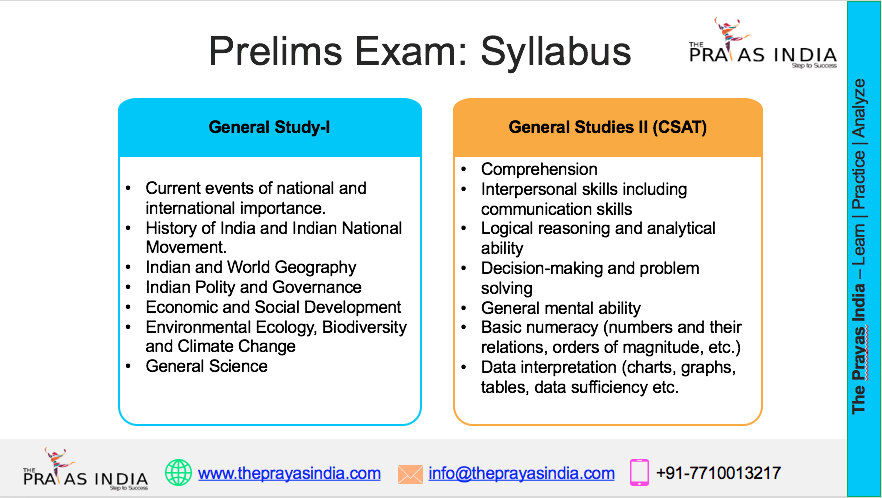NASA Discovers Two Rocky Exoplanets – TOI-2322 b & TOI-2322 c
Introduction
NASA’s Transiting Exoplanet Survey Satellite (TESS) mission has unveiled two new rocky exoplanets, TOI-2322 b and TOI-2322 c, orbiting a nearby star about 195 light-years from Earth. This discovery adds exciting knowledge to the ongoing search for Earth-sized planets beyond our solar system and sheds light on the diversity of worlds in our cosmic neighborhood.
About the TOI-2322 Star System
The host star, TOI-2322, is a K-type star, smaller and cooler than our Sun. TESS observed this star extensively between 2018 and 2023, looking for periodic dimming events caused by planets crossing in front of the star, known as transits. Such transits allow scientists to detect planets, estimate their size, orbital period, and other fundamental properties.
Details of the New Exoplanets
TOI-2322 b is roughly Earth-sized, completing an orbit every 11.3 days at a distance of about 0.09 AU from its star. Though Earth-like in size, its surface temperature is extremely high (around 603 K), making it inhospitable for life as we know it.
TOI-2322 c is larger, about 1.87 times Earth’s radius and 18 times its mass, classified as a super-Earth. It orbits every 20.2 days at 0.13 AU, with a scorching estimated temperature near 500 K. Its high density suggests a rocky composition similar to Earth.
How TESS Detects Exoplanets
TESS uses the transit photometry method, where it continuously monitors the brightness of stars. When a planet passes in front of the star relative to TESS’s viewpoint, the light dims slightly. TESS’s array of four wide-field cameras captures these minuscule dips in brightness, enabling astronomers to identify candidate exoplanets.
Since its launch in 2018, TESS has surveyed around 85% of the sky, examining hundreds of thousands of stars and discovering thousands of planet candidates. These findings help scientists better understand planet diversity, formation, and the potential for habitable zones.
Importance of the Discovery
This discovery is notable for several reasons:
- Both planets belong to the rare class of rocky exoplanets, which provide clues about planetary formation and structure.
- TOI-2322 c’s unusually high density makes it a valuable case for studying the composition and internal properties of super-Earths.
- The systems’ proximity allows follow-up observations using space telescopes like the James Webb Space Telescope, providing the potential to study atmospheres and surface conditions in detail.
Such rocky planets, orbiting close to their stars, advance our understanding of the physical characteristics and atmospheric dynamics of worlds unlike our own.
NASA’s TESS Mission and Future Prospects
TESS continues to be one of the most successful exoplanet hunters, enabling detailed studies of planets around the brightest and nearest stars. Its unique orbit and observation strategy allow it to gather data with unprecedented coverage and precision.
Future missions and observations will build upon TESS’s discoveries, paving the way for deeper insights into planet habitability, formation theories, and potentially life beyond Earth.
The detection of TOI-2322 b and c marks a significant milestone in exoplanetary research. As we discover more rocky worlds within our cosmic vicinity, missions like TESS bring us closer to answering profound questions about the universe’s diversity and the possibility of life beyond our planet.




![Prayas-तेजस [UPSC CSE Sociology Optional] – Online & Offline](https://theprayasindia.com/wp-content/uploads/2025/09/Prayas-तेजस-UPSC-CSE-Optional-Subject-The-Prayas-India-300x300.png)
![Prayas-सूत्र [UPSC CSE Materials (Hardcopy)]](https://theprayasindia.com/wp-content/uploads/2025/09/Prayas-सूत्र-UPSC-CSE-Study-Materials-Hardcopy-The-Prayas-India-300x300.png)
![Prayas-मंत्रा [UPSC CSE CSAT]](https://theprayasindia.com/wp-content/uploads/2025/09/Prayas-मंत्रा-UPSC-CSE-CSAT-The-Prayas-India-300x300.png)
![Prayas सारथी [UPSC CSE One on One Mentorship]](https://theprayasindia.com/wp-content/uploads/2025/09/Prayas-सारथी-UPSC-CSE-One-on-One-Mentorship-The-Prayas-India-300x300.png)










